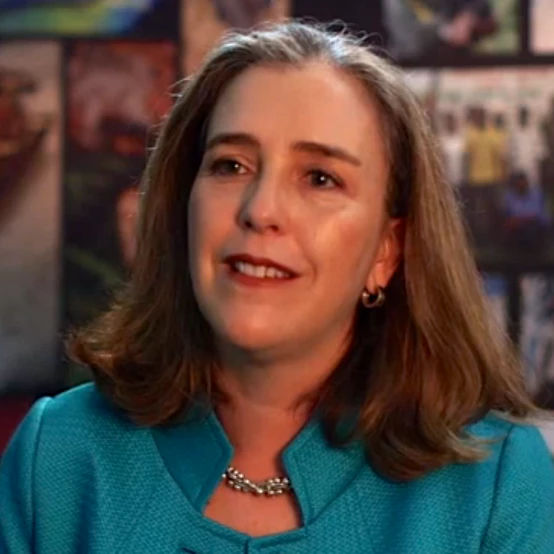
With the adoption of a universal development agenda and growing commitments to fight climate change from all corners, 2015 will be remembered as a high water mark for international cooperation. Almost a year later, when the news is dominated by violence and nationalism, it’s tempting to give in to pessimism about global trends. But I find reason to hope when I see the implementation of the Sustainable Development Goals (SDGs) gaining traction.
The SDGs were the result of the most collaborative and inclusive process in UN history and signal a very real shift in the way people think about tackling development challenges to deliver a viable future for both the planet and its people. There is growing understanding that the two are indelibly linked.
We are much better equipped to deal with the challenges of the new century – whether it be migration, climate change, groundwater depletion, violence or malnutrition – than if we had simply rolled over the limited set of goals for developing countries minted by the United Nations (UN) at the turn of the millennium.
For starters, the SDGs are universal. The Millennium Development Goals (MDGs) which preceded them were generous and well-intentioned but focused solely on developing countries. Today we know development is a spectrum, not a condition. There are pockets of vast wealth in poor countries and pockets of stubborn poverty in wealthy ones. Income disparity has risen to the top of political discussions and action across many countries in recent years for good reason. At the World Bank, ending poverty now includes a focus on equity (or “shared prosperity”) – a welcome recognition of the fact that GDP per capita does not tell a country’s full story.
The SDGs consider the whole planet as a public good which needs to be administered in a strategic and concerted way, with long term vision. From oceans to forests, pandemics to pollution, what happens locally in one country can have huge repercussions on the wellbeing of its neighbors and on tomorrow’s poverty. It’s encouraging to think we have collectively agreed to tackle these challenges from Bangkok to Bamako, or London to Lima.
The second point worth noting is that the SDGs embrace complexity. Today’s challenges can seldom be tackled in isolation. There are trade-offs and synergies between sectors, between urban and rural spaces, and there are cross-cutting issues such as gender, climate change, or job generation that demand integrated approaches.
Take for example the issue of hunger. While the MDGs aimed to halve hunger, they were silent about nutrition or food systems. It was an example I often used in the early days when I was trying to get buy-in for the SDG concept. The SDGs offer many more entry points to tackle malnutrition and understand linkages between adequate food supply and health, early childhood development, a country’s competiveness, and long-term growth. At the World Bank too, there is growing recognition that these issues are connected and that solving them will require multi-sectoral approaches.
The same goes for protecting forests. There is growing awareness that if you want to slow climate change (SDG #13),provide clean and adequate water for multiple uses (SDG # 6), and maintain biodiversity (SDG#15), transport infrastructure or agriculture expansion need to be planned in a way that does not come at the expense of forests. Trade-offs need to be managed so that economies can grow more sustainably without undermining future growth. This is an agenda that the Bank has also taken up more explicitly this year with the adoption of a Forest Action Plan which supports country efforts to undertake “forest-smart” investments across sectors.
Thirdly, thanks to the SDGs, we now see development through a much wider prism. Regardless of one’s field of expertise or work, the SDGs are a permanent, visible and tangible mapping of the many fronts and layers required for sustainable development. Those 17 iconic images are already redrawing the contours of how individuals around the globe understand and approach development. The nature of the dialogue around development is changing. It was palpable in the hallways of the UN during the High Level Political Forum on Sustainable Development held recently in New York. A relentless transformation is underway.
This leads to a final thought. I want to rebut the notion that the SDGs are a UN construct, divorced from the day to day reality of decision-making. The SDGs were drafted and adopted by the totality of the world’s countries and we are now seeing country after country gearing up to align its policies, plans and budgets with these goals. For the first time in history, both developed and developing countries are tackling the same development agenda. Ultimately we are one species, on one planet.


Join the Conversation